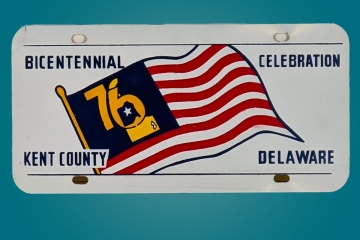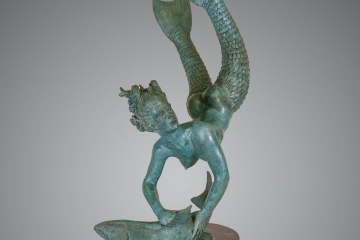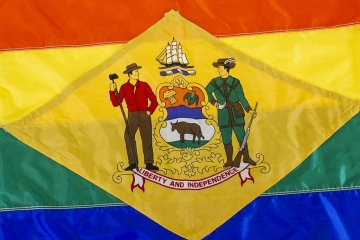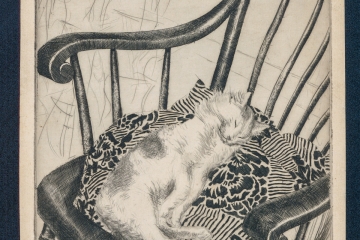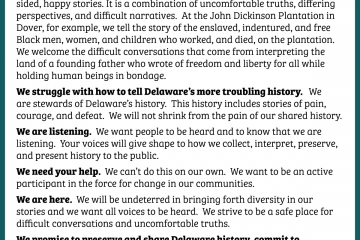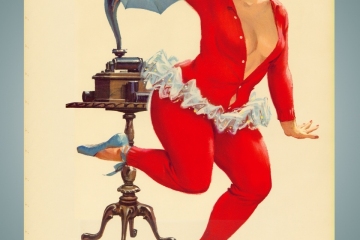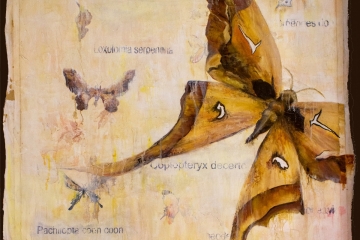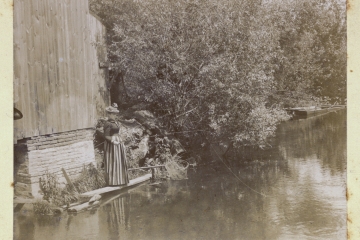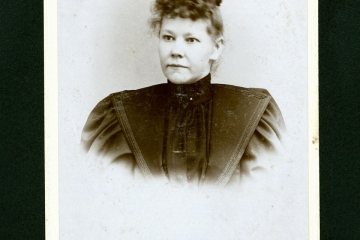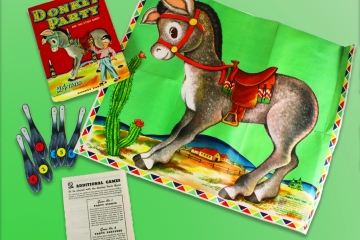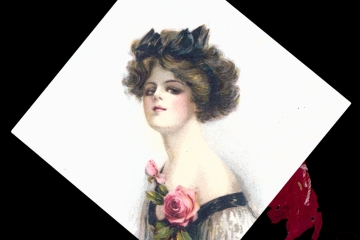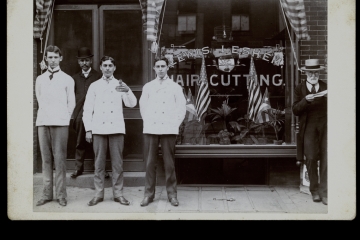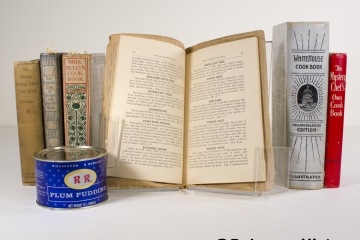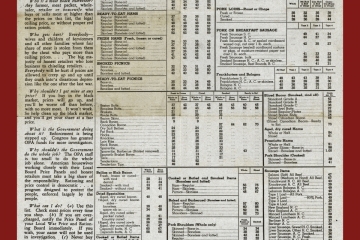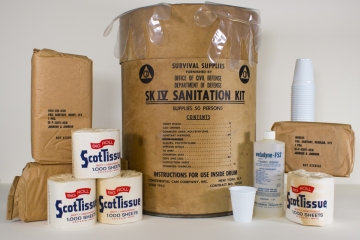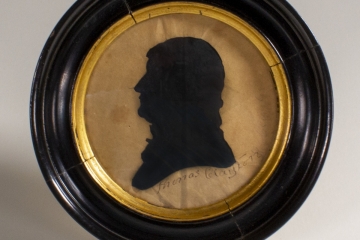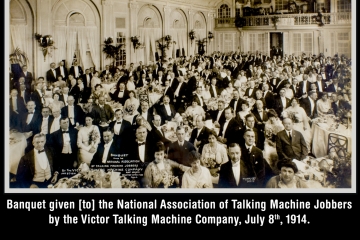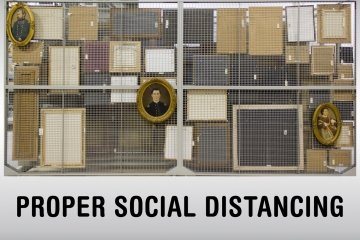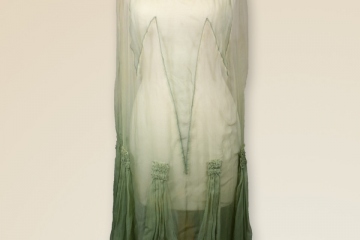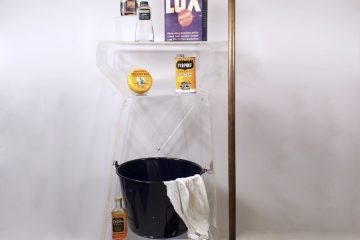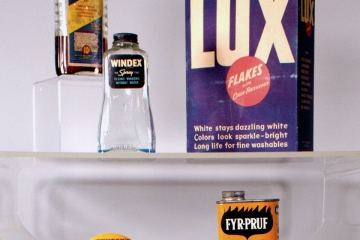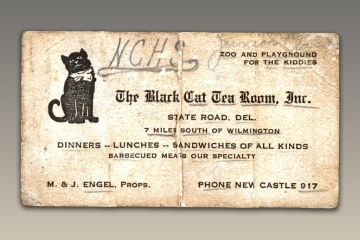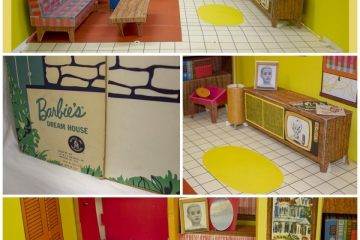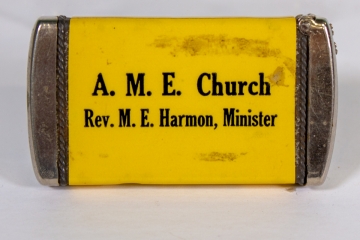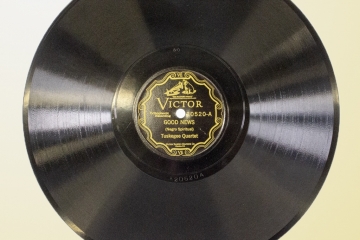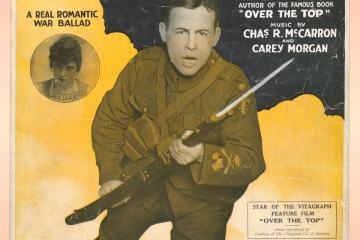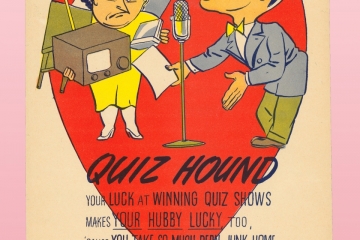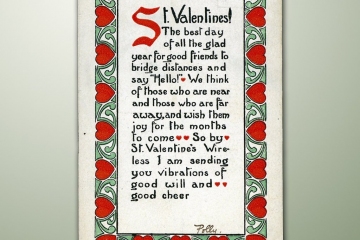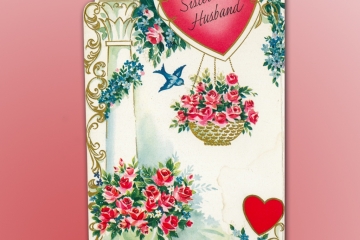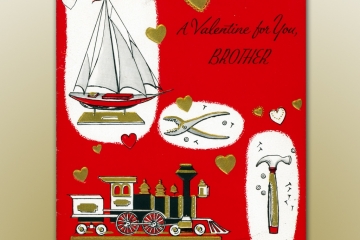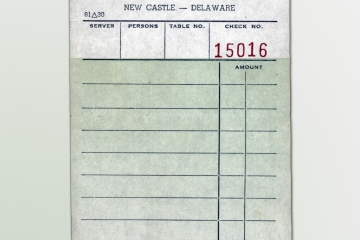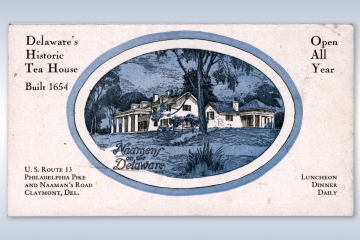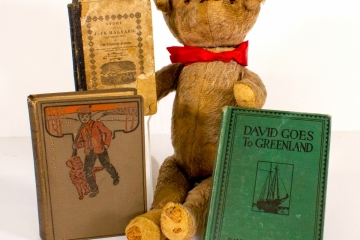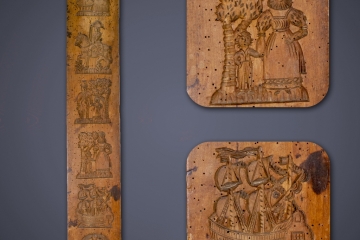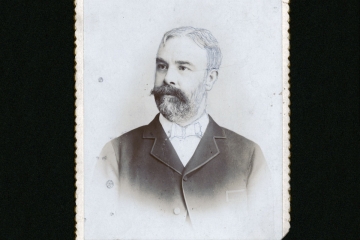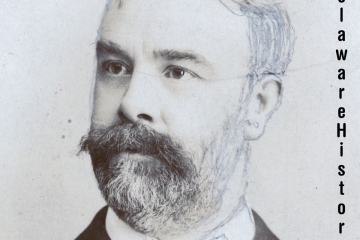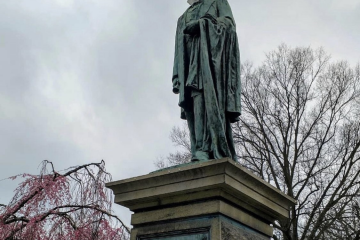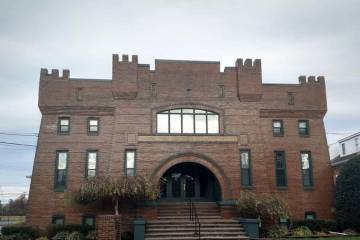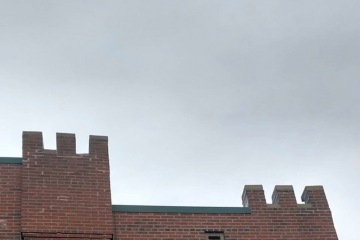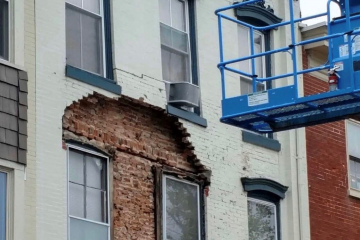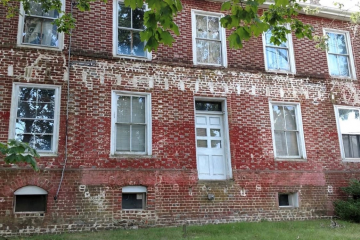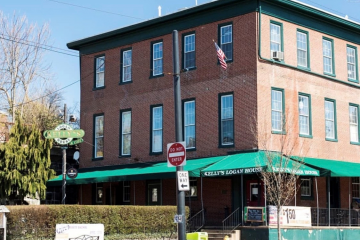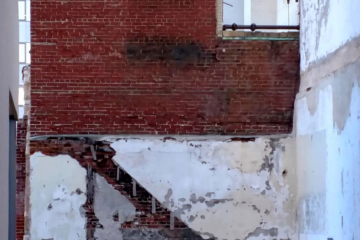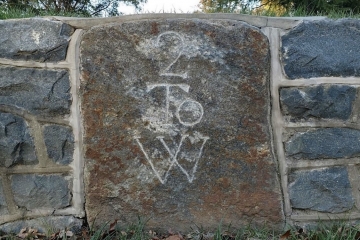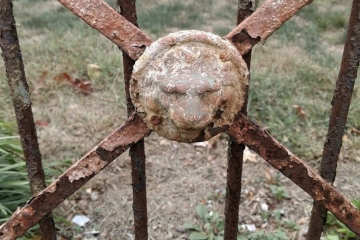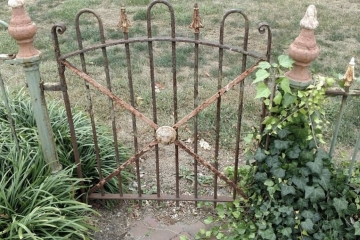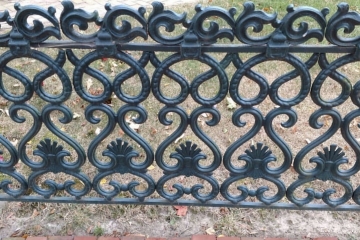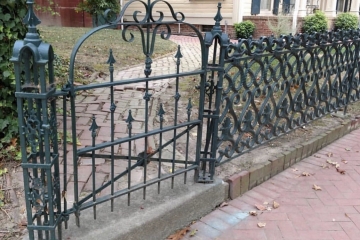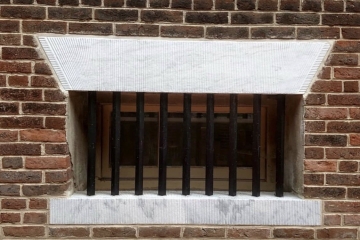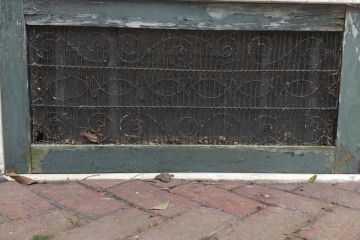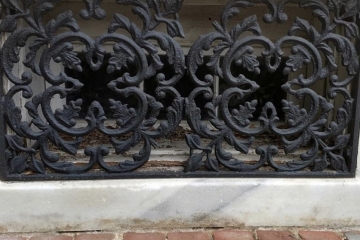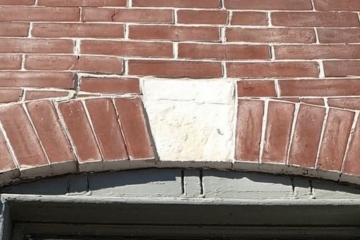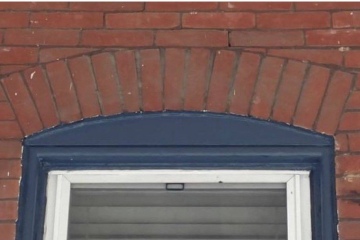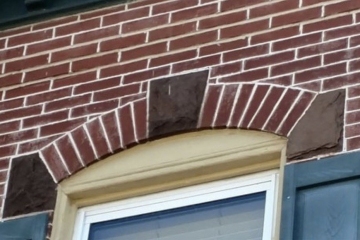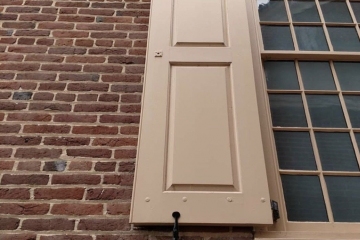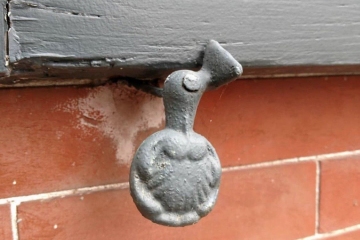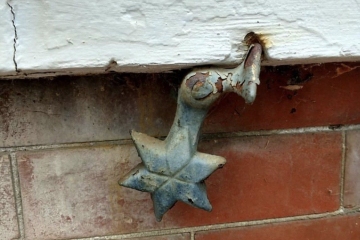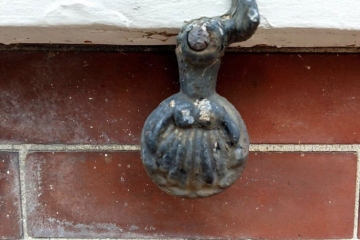Delaware Digital History Museum
The Division of Historical and Cultural Affairs offers a wide variety of opportunities to experience Delaware history digitally.
Follow the Division on Twitter, Facebook and Instagram.
These online resources shine a spotlight on items from Delaware’s official state collections of historical objects, art and artifacts.
Locating Delaware’s DuPont “Colored” Schools

Online Story Map explores the history of the 90 schools built by industrialist and philanthropist Pierre S. du Pont in the 1920s and 1930s for African American and Native American students during the time of legally imposed segregation.
Segregated Sands: Delaware’s Segregated Beaches During the Jim Crow Era
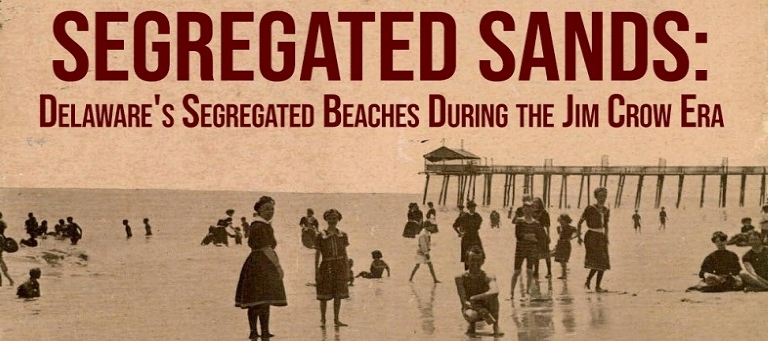
Online exhibit explores the history and stories of the Indigenous and African American experience at Delaware’s beaches during the segregation era.
Drawing America to Victory: The Persuasive Power of the Arts in World War I

This online exhibit features a collection of World War I propaganda posters that were artfully designed to encourage Americans to support and participate in the Great War. The vibrant colors and details utilized on each poster were meant to convey the American patriotic spirit. Because the posters are fragile and light sensitive, they require specialized handling and storage to ensure the best museum standard of care. This fragility limits visitors and researchers from being able to view these unframed works of art.

In the fall of 2004, a beach replenishment project pumped tons of sand onto Lewes Beach. What no one knew at the time was that this sand was peppered with artifacts from a previously unknown shipwreck. Since then, thousands of artifacts have been found by beachcombers and donated to the State of Delaware for study.
Searching for the source of these artifacts, an underwater archaeological investigation located the shipwreck site in 2005, while a second investigation in 2006 recovered a wide range of artifacts representing the ship’s cargo.
Historical data, archaeological evidence, and the geographic location of the shipwreck suggest that the vessel is a British merchant ship that ran aground near present-day Roosevelt Inlet in 1774.
The State of Delaware is grateful to all who assisted in the investigation of the shipwreck including archaeologists, historians, volunteers, and the many people who donated artifacts found on Lewes Beach.
World War II Through the Lens of William D. Willis

Series of historical vignettes accompanied by photographs taken by Dover, Del. native William D. Willis during World War II.
These unique online exhibits use multimedia storytelling to forge a deeper connection to the subject matter.
Flight to Freedom: Emeline’s Story

Follow the journey of Emeline Hawkins an enslaved woman who lived in the town of Ingleside, Queen Anne’s county, Maryland, with her husband, Sam Hawkins, a free man, and their six children. Her eldest sons, Chester and Samuel, were the property of Charles W. Glanding. Her four youngest children, ages 18 months to 10 years, were the alleged property of Elizabeth Turner. Sam attempted to legally purchase Emeline’s freedom, but was unsuccessful. Follow their journey to freedom.
John Dickinson’s “Letters From a Farmer in Pennsylvania”

Explore the life of Delaware’s John Dickinson and the publication of his famous essays that described Colonial American grievances with the British government, earning him the nickname “Penman of the Revolution.”
Historic Sites and Museums
Visit the “birthplace” of the Delaware State. The Court House was built in 1732 and served as Delaware’s first court and capitol. See where Revolutionary patriots and Delaware’s signers of the Declaration of Independence worked. Travel along with stories of the Underground Railroad.
Learn more about the Old State House in the city of Dover, Delaware. Built in 1791, this building served as the capitol from its opening until 1933. Hear the sagas of various citizens of the First State.
Come see where it all happened.
Landmarks and Architecture of Delaware
Museum Minutes
Explore the Trees of the New Castle Green

Today the New Castle Green provides both residents and visitors with an important sense of open space, in a heavily populated area. The Division of Historical and Cultural Affairs maintains the trees on The Green and has done so since 1967. In 1989 the New Castle Advisory Committee was established to provide additional opportunities for community involvement regarding landscape issues affecting The Green. In 2000 an Urban Forestry Plan was adopted for this “urban forest.” The plan details the guidelines used when making decisions regarding this landscape.



